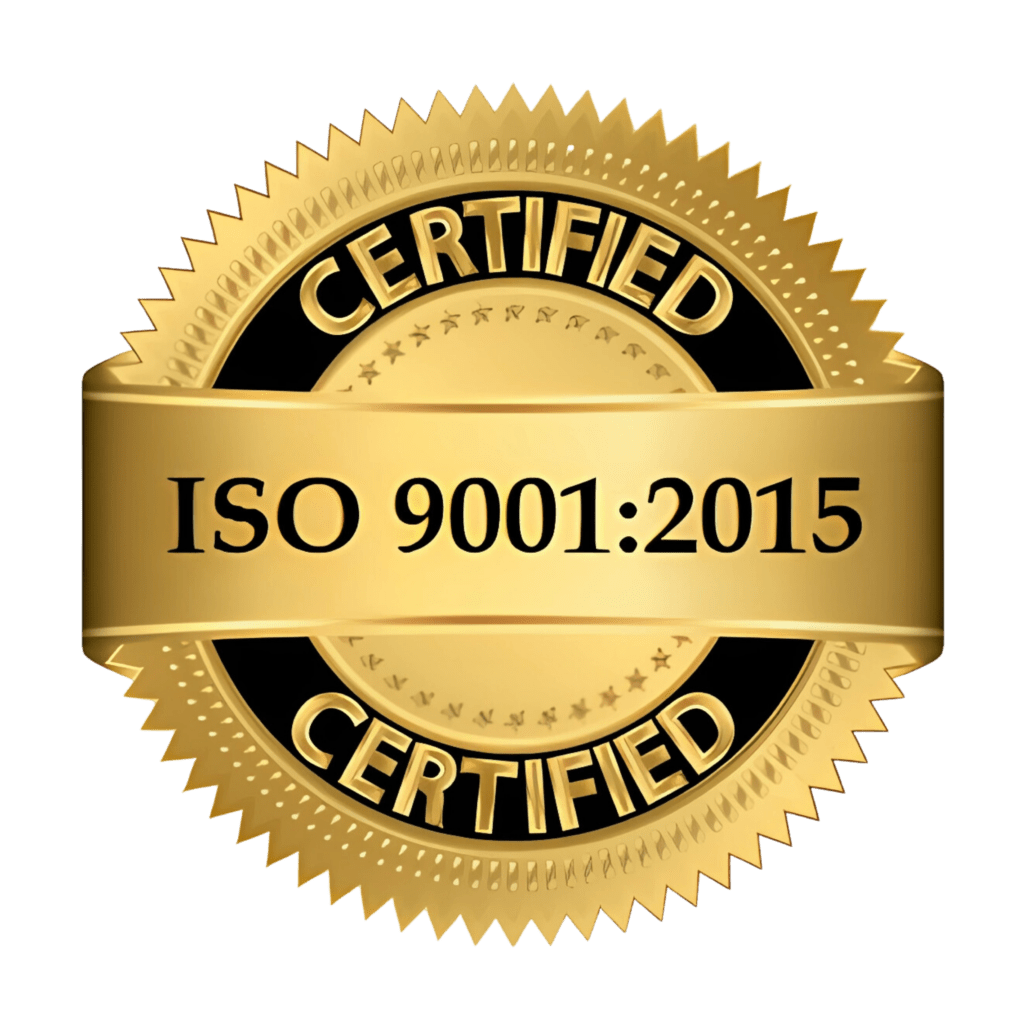Businesses in the U.S. spend up to 10 hours a week per finance employee managing accounts receivable manually, yet still lose an average of 1.5% of revenue to late or missed payments. In today’s dynamic & demanding market, those numbers aren’t just inconvenient; they’re simply unsustainable. In this article, we’ll explain what AR automation is, how it directly addresses common pain points like delayed payments and human errors, and compare the best tools in the market—including YayPay, Versapay, HighRadius, Zoho Books, and QuickBooks—to help you choose the right solution for your business. Whether you’re a startup scaling operations or a mid-size firm tightening cash flow, this guide will show you how to take control of your receivables.
Table of Contents
What is Accounts Receivable Automation?
Accounts receivable were traditionally handled manually; this involved functions such as preparing invoices, following up on payment dues, making reminder calls, accounting for payments received, and forwarding records to management. Accounts receivable automation streamlines and simplifies the entire process by making invoicing and accounting automatic. Reconciliation occurs without manual intervention, and payment reminders are sent out with previously phrased messages through text messages and emails, along with digital payment links. Accounts receivable software can be integrated with accounting or ERP systems and includes a dashboard that provides reports on payments due, cash flow status, collection status, and more.
Accounts receivable automation is a popular choice, as it facilitates fast collections, reduces manual workload, minimizes errors, and enhances customer experience through timely communication and convenient payment options. It helps project & operational cash flows more efficiently.

How Does Automation in Accounts Receivable Address My Challenges with the Accounts Receivable Function?
Accounts receivable automation benefits businesses significantly, especially for small or mid-sized U.S. businesses still using manual AR processes. You are quietly draining time, money, and cash flow. Here’s how automation helps you address critical concerns.
1. Invoicing Delays & Errors
Starting with what the AR (Accounts Receivable) function entails, manual invoicing can lead to delays and introduce errors. Automation streamlines billing and communicates with customers via email and customer portals.
2. Managing Overdues
60% of finance professionals say their AR teams spend more time chasing payments than doing anything else. Chasing overdue payments is a bothersome and inconsistent process when handled manually. Automation sends out reminders and escalates them according to the seriousness of the issue when there is a long-overdue item.
3. Payment Matching & Real-Time Visibility
Tracking payments received and dues, while matching these records with the cash balance and cash flow, requires too much effort, as opposed to using automation tools that can reconcile payments and records automatically. This also opens up the window to operate dashboards for real-time reports.
4. Poor Customer Communication
Having personalized interactions is better, but in practice, can you think of the last time you received a phone call regarding a payment due? Not only is staying in touch personally problematic when payments become overdue, but it could also lead to a strained relationship with the customer. Automation simplifies the process by handling payments digitally and escalating when the customer remains unresponsive.
5. Compliance & Documentation Gaps
Manual errors and inconsistent record-keeping can lead to compliance issues and audit failures, which may, in turn, result in penalties. Automation maintains accurate audit trails and ensures instructions and communication are logged.
What is the Best Accounts Receivable Automation Software?
Here’s a review and comparison of a few accounts receivable automation tools based on price, integration, ease of use, post-installation support, & popularity. We’ve tailored the tool comparison to suit small to mid-sized U.S. companies and startups and updated it to include reviews and features up to 2025.
1) YayPay by Quadient
costs approximately $500 per month, but this may vary depending on the customer’s volume. It has been rated highly for both ease of use and post-installation support. It’s best suited to and preferred by the finance teams of mid-size companies. It comes with Powerful automation, reporting, and strong integrations.
Integration compatibility: NetSuite, QuickBooks, Sage, Xero, Microsoft Dynamics
2) VersaPay:
Offers custom pricing, with a typical monthly price estimated to be over $ 1,000. It is highly rated for ease of use and takes support a notch up with the help of dedicated onboarding and a success manager. The tool is best suited to and preferred by mid-sized to large companies. VersaPay provides secure portals and enables the management of complex workflows.
Integration compatibility: Deep ERP integrations & compatible with tools NetSuite, Microsoft Dynamics, Sage, QuickBooks
3) Billtrust:
Priced relatively higher, with starting rates around $ 1,500 per month, it is rated fairly on ease of use, and support is enabled through live connect and consulting. It is an enterprise-level AR and a leader of AR automation. It has secure portals that are suited for complex workflows
Integration compatibility: Enabled with Deep ERP integrations and compatible with SAP, Oracle, NetSuite, QuickBooks, and ERPs
4) HighRadius (RadiusOne):
It offers a free tier, but the standard pricing starts at $ 1,000 per month. Users have rated it highly for ease of use, and it is known to have excellent customer training & resources. It is a popular choice for mid-size and scaling businesses. HighRadius uses Advanced AI for matching payments to invoices
Integration compatibility: NetSuite, SAP, Oracle, Salesforce
5) Zoho Books (with AR features):
Priced reasonably, with a starting amount of $30 per month, it is the highest-rated among customers for ease of use. Because it’s easy to use, it requires less support. It’s an ideal solution for small businesses and start-ups. The solution is Affordable, user-friendly, and the AR features are good enough to meet your needs.
Integration compatibility: Native with Zoho Suite, integrates with Stripe, PayPal & QuickBooks (via third-party)
6) QuickBooks Online (AR functions):
The pricing starts at $30–$90 per month, making it one of the most reasonable options. Small businesses widely use it and are compatible with several software programs through a 3rd party plug-in. It is best suited for individuals who are already using QuickBooks. The support, however, isn’t rated highly, as it’s prioritized for higher-tier plans.
Our Recommendation: When it comes to accounts receivable automation, we’d recommend Zoho Books and QuickBooks, both of which offer relevant features. Especially if you are a start-up or a small business, it has everything you need to meet current needs and to scale. To select what suits you best, you must recognize your current bottlenecks and outline the process you intend to achieve, alongside your budget for the shift.
Tips to Set up Your Accounts Receivable Automation Software
· You have to assess the volume and frequency of sales and identify bottlenecks in your AR processing
· Set a budget and review which software best helps you handle the bottlenecks
· Update your records and map out your process before you begin integration
· Spend time running a few test runs and training your staff
· Check the integration of your AR system with your bank and books of accounts
· Set up a practical reminder and notification plan, draft your notification to inspire timely payment
· Monitor timely performance with the help of dashboards

Conclusion:
Accounts receivable automation is a necessary integration as you scale up or continue your business, as it’s efficient, reduces errors, removes human bias when it comes to collecting dues, and protects you from IRS penalties due to mistakes and delayed filing. Profitjets is a proficient business that handles outsourced accounting and bookkeeping needs. We are equipped to handle your needs, from record-keeping to filing taxes, and act as an advisor, providing CFO services. Contact us if you’d like a professional team to handle your accounts receivable needs.
FAQs on Accounts Receivable Automation
1. What is accounts receivable automation?
AR automation software replaces slow, error-prone processes with innovative, efficient systems that help you:
· Send invoices instantly
· Automate reminders and collections
· Match payments in real time
· Track cash flow through intelligent dashboards
2. What are some examples of popular accounts receivable automation Tools?
– Billtrust
– YayPay
– VersaPay
– HighRadius
– Zoho Books
– QuickBooks AR features
3. How do I choose which accounts receivable automation software suits me best?
You start by assessing the volume and frequency of sales and invoicing. Go on to identify bottlenecks in your AR processing and research, and which software best helps address that issue. Remember to set a budget and review which software best suits your business.










